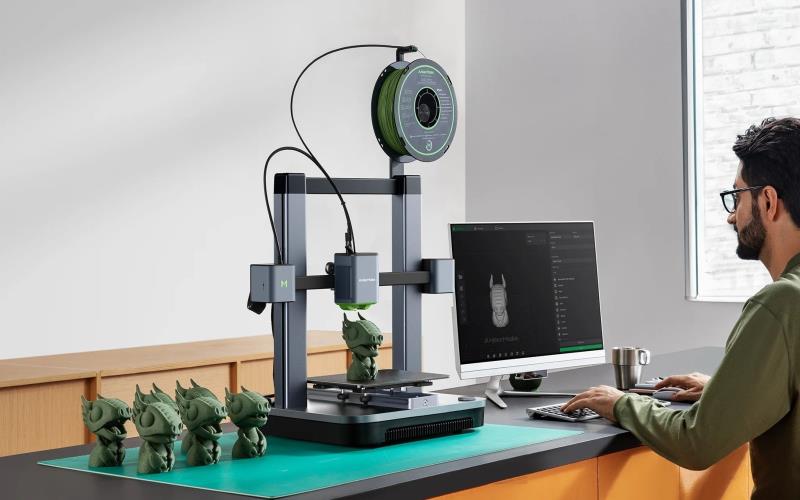The world of 3D printing has transcended beyond the simple PLA and ABS filaments, opening up a universe of possibilities for hobbyists and makers. As technology progresses, the range of materials compatible with 3D printers expands, allowing for more complex, durable, and unique projects. In the points below, we delve into some of the advanced 3D printing materials that have become game-changers for hobbyist projects, including flexible TPU, durable nylon, wood-filled filaments, and the intriguing transparent ABS filament.
Flexible TPU: Creativity Meets Resilience
Thermoplastic Polyurethane (TPU) is a flexible, rubber-like material that is perfect for creating objects requiring elasticity and shock absorption. Its flexibility does not compromise on durability, making it ideal for phone cases, wearable gadgets, and even parts for remote-controlled cars. TPU’s unique properties enable hobbyists to experiment with designs that were previously unattainable with rigid materials, allowing for a blend of creativity and resilience in projects.=
Durable Nylon: For Projects That Last
Nylon, known for its strength and flexibility, is another excellent choice for 3D printing enthusiasts. This material is characterised by its high wear resistance and the ability to withstand significant mechanical stress, making it perfect for functional parts, such as gears, hinges, and structural components. Nylon’s durability ensures that hobbyist projects are not only functional but are built to last, pushing the boundaries of what can be achieved with 3D printing.
Wood-Filled Filaments: Bringing Warmth to 3D Printing
Wood-filled filaments combine PLA with fine wood particles, offering a unique finish that replicates the appearance and texture of wood. This material can be used to print decorative items, models, and even functional objects that benefit from a wooden aesthetic. The inclusion of real wood particles means that each print has its own distinctive patterns, much like natural wood. Moreover, these filaments can be sanded, stained, or painted, allowing hobbyists to further customise their projects.
Transparent ABS Filament: See-Through Innovation
For projects that require durability with a touch of sleekness, the transparent ABS filament offers a perfect solution. Acrylonitrile Butadiene Styrene (ABS) is known for its strength and thermal resistance, making it suitable for a wide range of applications – when printed with transparent ABS filament, the result is a strong, heat-resistant object with a glass-like appearance. This material is ideal for creating light covers, windows for model buildings, or any project where visual clarity and durability are desired.
Final Thoughts
The advancement in 3D printing materials has significantly widened the horizon for hobbyists, enabling the creation of projects that were once deemed impossible. Whether it’s the flexibility of TPU, the durability of nylon, the aesthetic appeal of wood-filled filaments, or the clarity and strength of transparent ABS filament, these materials open up new avenues for creativity and functionality in 3D printing projects. As the 3D printing community continues to explore and innovate, we can only anticipate more exciting developments in the realm of 3D printing materials.





